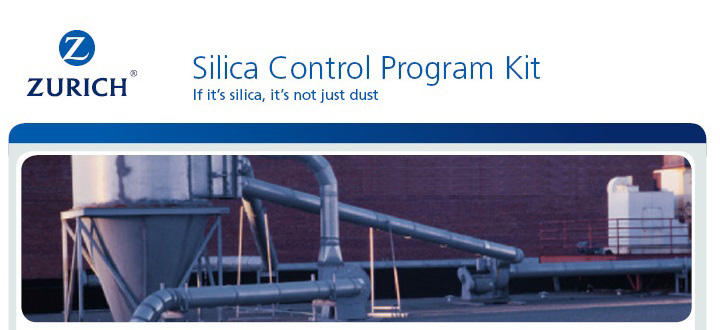















Foreword
This guide is intended as a resource to assist
employers, who have processes and operations that expose employees to respirable
crystalline silica, in developing their own program aimed at reducing the risk
of silicosis, a disabling and potentially fatal occupational lung
disease. According to the National Institute for Occupational
Safety and Health (NIOSH) website,
at least 1.7 million U.S. workers are exposed to respirable crystalline
silica in a variety of industries and occupations, including construction,
sandblasting, and mining
In 1996, the Occupational Safety and Health Administration (OSHA) initiated a Special Emphasis Program (SEP) for silicosis, which provided guidance for targeting inspections of work sites with employees at risk of developing silicosis. In January of 2008, OSHA established a National Emphasis Program (NEP) that expanded and built upon the 1996 SEP. In August of 2013, OSHA announced their proposed Silica standard for General Industry and Construction. In March of 2016, the Final Ruling was published, with an effective date of June 23, 2016.
This kit addresses the OSHA General Industry/Maritime silica standard (hereinafter, General Industry Standard) and the OSHA Construction silica standard (hereinafter, Construction Standard) and related guidance for employers with silica exposures. Copies of both standards are included in this kit. References to the “Silica Standards” encompass the silica standards common to both the General Industry Standards and the Construction Standards. This kit also contains information on the Mine Safety and Health Administration (MSHA) standard as well as the American Conference of Governmental Industrial Hygienists (ACGIH®) Threshold Limit Values (TLVs®) for crystalline silica.
The sample Silica Control Program (Sample Program) outlined in this kit is a generic, hypothetical program.
© 2017 The Zurich Services Corporation. All rights reserved.
